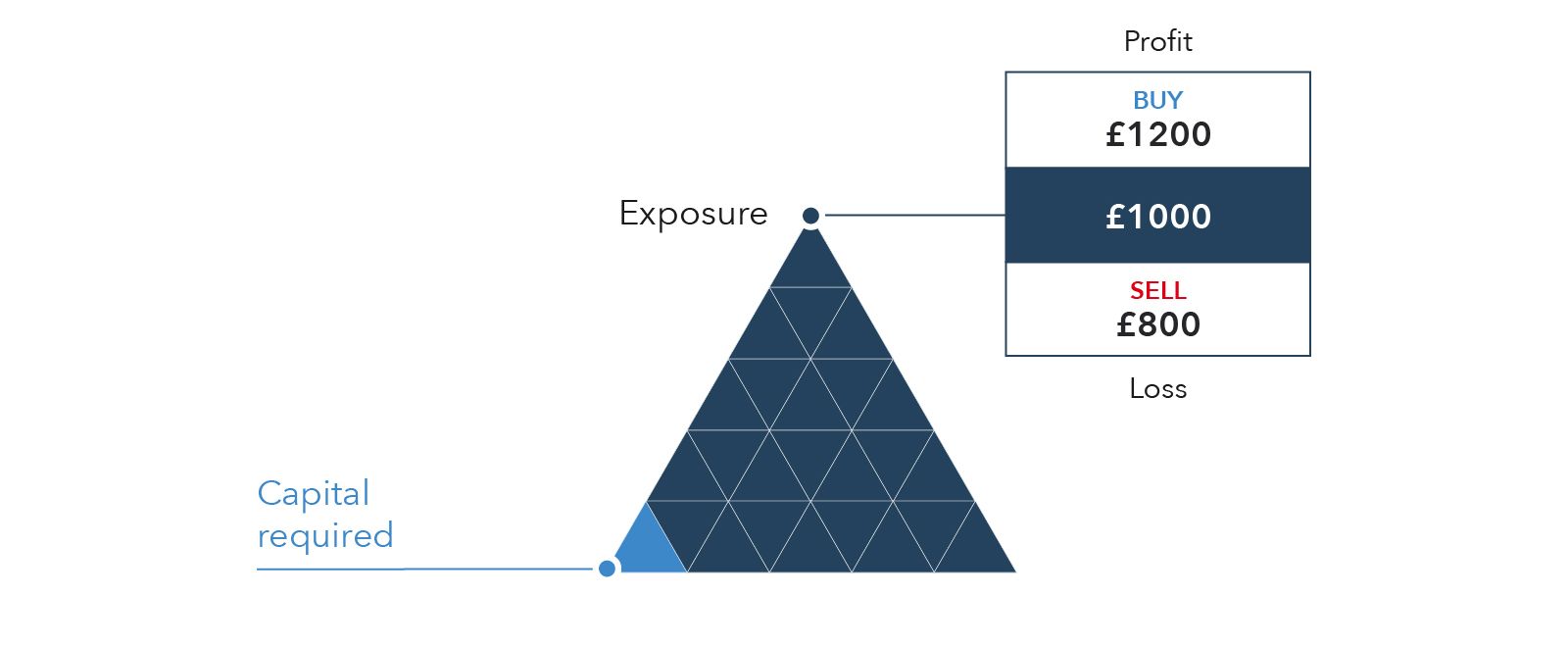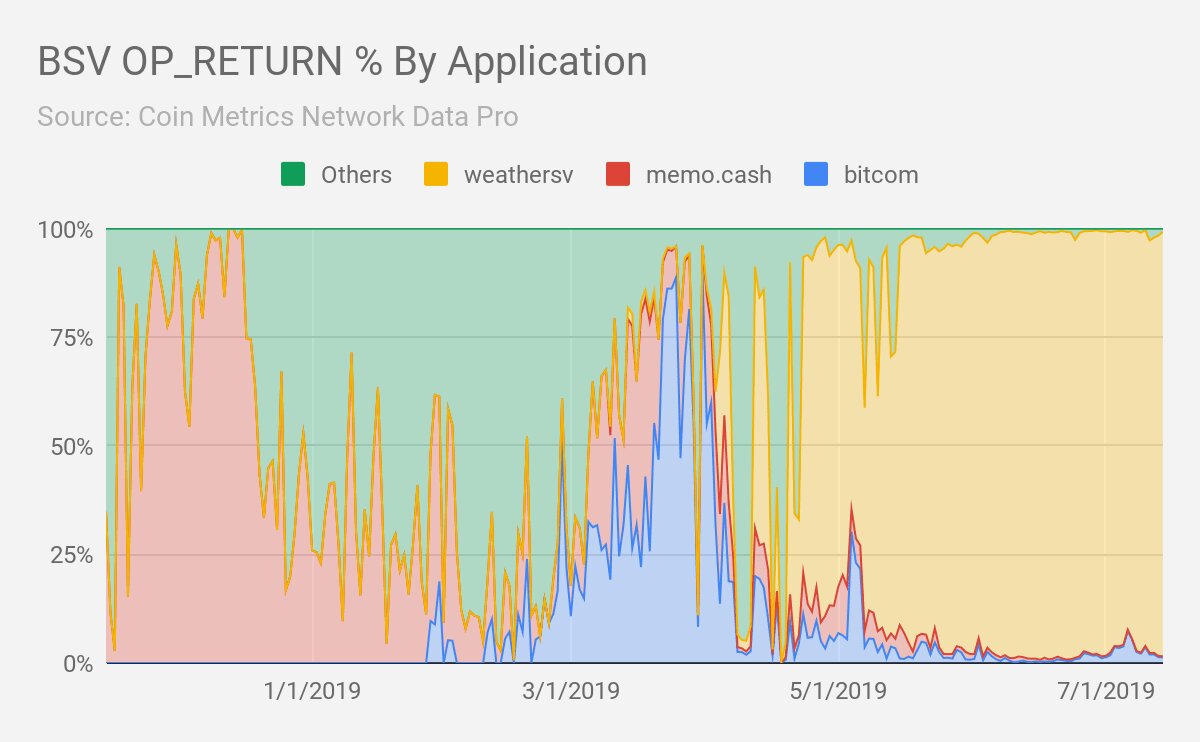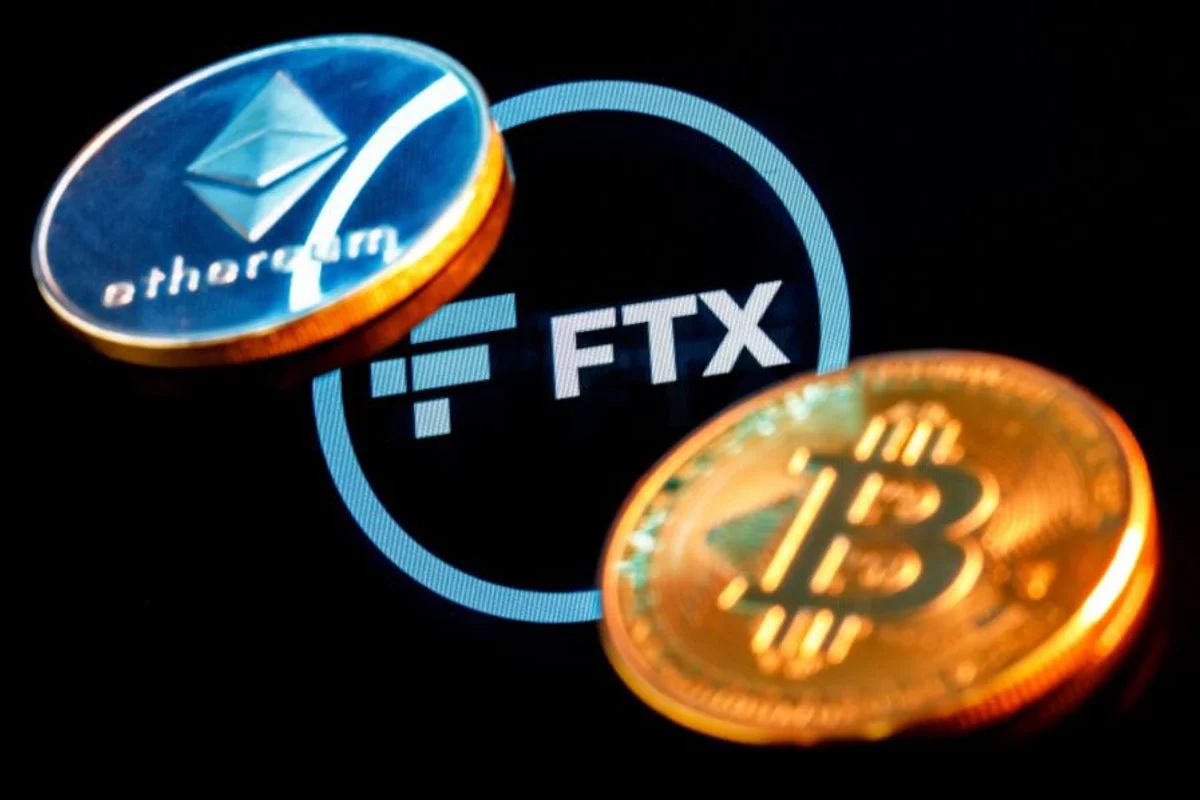Introduction
Speculative trading is a practice that has gained significant popularity in the financial markets. It involves the buying and selling of financial instruments, such as stocks, currencies, commodities, or derivatives, with the goal of making short-term profits from price fluctuations. Unlike traditional investing, which focuses on long-term growth and income generation, speculative trading aims to capitalize on volatile market conditions and take advantage of short-term price movements.
Speculative trading offers the potential for substantial profits, but it also carries significant risks. It requires a deep understanding of market dynamics, technical analysis, and risk management strategies. Traders who engage in speculative trading must carefully evaluate price trends, market sentiment, and other factors that can influence the movement of financial instruments.
The allure of speculative trading lies in its flexibility and potential for quick gains. Traders can enter and exit positions rapidly, allowing them to take advantage of even the slightest price changes. However, this fast-paced nature also means that losses can occur just as quickly if the market moves against the trader’s position.
Successful speculative trading requires discipline, knowledge, and a solid trading strategy. Traders must have a clear understanding of their risk tolerance, as well as the ability to control their emotions and make rational decisions under pressure. They must also stay updated on market news, economic indicators, and other factors that can impact the financial instruments they are trading.
This article will explore the basics of speculative trading, highlighting its benefits, risks, and common techniques used. It will also provide insights into successful speculative trading strategies and important factors to consider when engaging in this practice. By understanding the nuances of speculative trading, traders can make informed decisions and improve their chances of success in the dynamic world of financial markets.
What is Speculative Trading
Speculative trading refers to the buying and selling of financial instruments with the primary aim of making short-term profits from price fluctuations. Unlike traditional investing, which focuses on long-term growth and income generation, speculative trading involves taking advantage of market volatility to exploit rapid price movements.
Speculative traders, also known as speculators, attempt to predict and capitalize on short-term price fluctuations. They use a variety of strategies and techniques to identify opportunities and execute trades quickly. Speculative trading can be applied to various financial instruments, including stocks, currencies, commodities, and derivatives.
Speculation is driven by the belief that the market is inefficient and that prices do not always reflect the intrinsic value of the underlying asset. Speculators take advantage of these perceived discrepancies to profit from market inefficiencies.
Speculative trading is characterized by its short-term nature. Traders may hold positions for minutes, hours, or even a few days, aiming to exit the trade once they achieve their desired profit target. This active trading approach allows speculators to take advantage of even small price movements.
Risk management is a critical aspect of speculative trading. Due to the short-term nature of the trades, speculators face a higher level of risk than long-term investors. The potential for quick gains is matched by the potential for quick losses. As a result, successful speculators employ risk management techniques such as setting stop-loss orders to limit losses and diversifying their portfolio to spread risk across different assets.
Overall, speculative trading is a high-risk, high-reward activity that requires a deep understanding of market dynamics, technical analysis, and risk management strategies. It appeals to traders who thrive in fast-paced, volatile markets and who have the knowledge and discipline to make informed trading decisions.
The Basics of Speculative Trading
Speculative trading involves a range of principles and techniques that traders employ to profit from short-term price fluctuations in the financial markets. To be successful in speculative trading, it’s essential to understand and apply these basics effectively.
One fundamental concept in speculative trading is technical analysis. Traders use various tools and indicators to analyze historical price data and identify patterns, trends, and potential entry and exit points. These include moving averages, support and resistance levels, and oscillators such as the Relative Strength Index (RSI).
Another important aspect of speculative trading is market sentiment. Traders gauge the overall sentiment through various means, including news, social media, and market analysis. Understanding market sentiment helps traders make informed decisions based on how other market participants perceive certain financial instruments.
Leverage is a key feature of speculative trading. By using leverage, traders can control a larger position size than the amount they deposit. While leverage amplifies potential profits, it also increases the risk of losses. Effective risk management is crucial when using leverage to ensure that potential losses are limited.
Speculative traders also employ different order types to execute trades efficiently. Market orders allow traders to buy or sell an asset at the current market price, while limit orders enable them to set specific price levels at which they want to enter or exit a trade. Stop-loss orders are essential risk management tools that automatically sell an asset at a predetermined price to limit potential losses.
Furthermore, diversification is a strategy that speculators often employ to manage risk. By spreading their investments across multiple financial instruments or markets, traders can reduce their exposure to any single asset. Diversification helps protect against significant losses in case one particular investment does not perform well.
Lastly, speculators should be aware of the impact of market news and economic events on their trading decisions. Important announcements, such as economic data releases or central bank statements, can significantly influence market volatility and price movements. Staying informed and adapting trading strategies accordingly is crucial for successful speculative trading.
In summary, the basics of speculative trading include technical analysis, understanding market sentiment, effective risk management, leveraging, diverse order types, and being aware of market news and events. By mastering these fundamental principles, speculators can make more informed trading decisions and increase their chances of success in the dynamic world of speculative trading.
Benefits and Risks of Speculative Trading
Speculative trading offers both potential benefits and inherent risks. Traders who engage in speculative trading should be aware of these factors to make informed decisions and manage their trading activities effectively.
Benefits:
1. Profit Potential: Speculative trading provides an opportunity to generate substantial profits in a short period. By capitalizing on price movements and volatility, speculators can achieve higher returns compared to traditional long-term investing.
2. Flexibility: Speculative trading allows traders to enter and exit positions quickly, enabling them to take advantage of market opportunities as they arise. This flexibility provides the potential for more active trading and quick profit capturing.
3. Diverse Market Access: With speculative trading, traders can access a wide range of financial instruments, including stocks, currencies, commodities, and derivatives. This enables them to diversify their portfolios and explore various market sectors.
4. Potential for Hedging: Speculative trading can also serve as a form of hedging against other investments. By taking positions in negatively correlated assets, traders can mitigate potential losses in their existing portfolios.
Risks:
1. Volatility: The very nature of speculative trading exposes traders to higher levels of market volatility. Price movements can occur rapidly and unpredictably, leading to substantial gains or losses within a short timeframe.
2. Emotional Stress: The fast-paced and high-risk environment of speculative trading can induce significant emotional stress. Traders must possess the discipline and psychological resilience to make rational decisions under pressure and control their emotions.
3. Risk of Loss: Speculative trading carries the risk of financial loss. Traders must carefully manage their risk exposure through proper risk management techniques, such as setting stop-loss orders and diversifying their portfolios.
4. Lack of Fundamental Analysis: Speculative trading primarily relies on technical analysis and market sentiment. This approach may not consider the fundamental aspects of an asset, such as company financials or economic indicators, which can result in potential information gaps for traders.
5. Leverage: While leverage can amplify potential profits, it also amplifies losses. Excessive use of leverage without proper risk management can lead to significant financial setbacks and even account liquidation.
6. Limited Holding Period: Speculative traders typically have a short-term holding period, which means they may miss out on long-term investment opportunities and dividends that come from a more traditional investment approach.
Overall, speculative trading offers the potential for high rewards, but it also comes with inherent risks. Traders should carefully assess their risk tolerance, implement effective risk management strategies, and stay informed about market dynamics to navigate the complexities of speculative trading successfully.
Common Techniques used in Speculative Trading
Speculative trading involves employing various techniques to identify potential trade opportunities and make informed decisions. Traders use these techniques to analyze market trends, interpret price patterns, and execute trades at optimal entry and exit points. Here are some common techniques used in speculative trading:
1. Technical Analysis:
Technical analysis focuses on studying historical price data and using various tools and indicators to identify patterns, trends, and potential price movements. Popular technical analysis tools include moving averages, trend lines, support and resistance levels, and oscillators like the Relative Strength Index (RSI) and the Moving Average Convergence Divergence (MACD).
2. Chart Patterns:
Chart patterns are recurring formations in price charts that can signal potential market reversals or continuation of trends. Examples of chart patterns include head and shoulders, double tops and bottoms, triangles, and flags. Traders use these patterns to anticipate potential price movements and plan their trades accordingly.
3. Candlestick Analysis:
Candlestick analysis involves studying the patterns formed by individual price bars/candles on charts. Different candlestick patterns, such as doji, engulfing, and hammer, provide insights into market sentiment and potential price reversals. Traders use these patterns to gauge market psychology and make trading decisions.
4. Trend Following:
Trend following is a strategy that involves identifying and trading in the direction of a prevailing market trend. Traders look for higher highs and higher lows in an uptrend or lower highs and lower lows in a downtrend. By riding the trend, traders aim to capture significant price movements and generate profits.
5. Breakout Trading:
Breakout trading involves entering a trade when the price breaks above a key resistance level or below a significant support level. Traders anticipate that the breakout will lead to a substantial price movement in the direction of the breakout, allowing them to profit from the subsequent price momentum.
6. Swing Trading:
Swing trading involves taking advantage of short- to medium-term price fluctuations within an established trend. Traders look for entry and exit points based on price swings and attempt to capture profits from these price fluctuations.
7. News Trading:
News trading involves capitalizing on market volatility caused by significant news events or economic data releases. Traders monitor news releases, analyze their potential impact on the market, and execute trades accordingly. This strategy requires quick decision-making and the ability to interpret and react to news effectively.
It’s important to note that each technique has its strengths and limitations. Successful speculators often combine multiple techniques and indicators to validate their trading decisions and increase their chances of profitable trades. Traders must also adapt their strategies to evolving market conditions and continuously refine their skills to stay ahead in the competitive world of speculative trading.
Factors to Consider when Engaging in Speculative Trading
Engaging in speculative trading requires careful consideration of various factors to make informed trading decisions and manage risk effectively. Traders should take into account the following key factors before entering the dynamic world of speculative trading:
1. Risk Tolerance:
Traders must assess their risk tolerance before engaging in speculative trading. It’s crucial to understand the potential for financial losses and be comfortable with the level of risk associated with short-term trading. Traders should only allocate funds that they can afford to lose without significant financial impact.
2. Trading Strategy:
Having a well-defined trading strategy is essential. Traders should determine their goals, time frames, and preferred trading techniques. They should consider their strengths, weaknesses, and available resources to develop a strategy that aligns with their trading objectives.
3. Market Knowledge:
A strong understanding of the market is critical for successful speculative trading. Traders should stay updated on market news, economic indicators, and factors that influence the financial instruments they are trading. Continuous learning and staying informed about market dynamics can help traders make more informed trading decisions.
4. Technical Analysis Skills:
Proficiency in technical analysis is crucial for speculators. Traders should invest time and effort in learning the various tools and indicators used in technical analysis. This knowledge will enable them to identify trends, patterns, and potential entry and exit points more effectively.
5. Risk Management:
Skillful risk management is essential in speculative trading. Traders should clearly define their risk tolerance and implement risk management techniques, such as setting stop-loss orders and implementing position sizing strategies. Controlling risk helps protect capital and prevent significant losses.
6. Emotion Control:
Speculative trading can be emotionally challenging. Traders must develop the ability to control their emotions and make rational decisions despite market fluctuations and potential losses. Emotion-driven trading can lead to impulsive actions and undermine the effectiveness of trading strategies.
7. Broker Selection:
Choosing a reliable and reputable broker is crucial for speculative trading. Traders should research and compare brokers to find one that offers competitive trading conditions, advanced trading platforms, and reliable customer support. A broker with low latency and fast order execution can be particularly beneficial for speculators.
By considering these factors and developing a well-rounded approach to speculative trading, traders can increase their chances of success and navigate the complexities of the financial markets more effectively.
Successful Speculative Trading Strategies
To excel in speculative trading, traders often employ various strategies that aim to identify profitable opportunities and minimize risks. Here are some successful speculative trading strategies:
1. Trend Following:
Trend following is a popular strategy that involves identifying and trading in the direction of a prevailing market trend. Traders look for higher highs and higher lows in an uptrend or lower highs and lower lows in a downtrend. By riding the trend, traders aim to capture significant price movements and generate profits.
2. Breakout Trading:
Breakout trading involves entering a trade when the price breaks above a key resistance level or below a significant support level. Traders anticipate that the breakout will lead to a substantial price movement in the direction of the breakout. By entering trades early during a breakout, traders aim to capitalize on the momentum that follows.
3. Range Trading:
Range trading is a strategy employed when the price of a financial instrument moves within a defined range. Traders identify the upper and lower boundaries of the range and take positions near these levels, buying at support and selling at resistance. Range trading relies on the belief that prices tend to oscillate between established levels, providing opportunities for short-term profits.
4. Scalping:
Scalping involves making multiple quick trades in a short period, taking advantage of small price movements. Traders aim to capture small profits from the bid-ask spread or the price volatility. Scalpers focus on tight spreads, fast order execution, and liquid markets to execute trades swiftly and efficiently.
5. News Trading:
News trading involves capitalizing on market volatility caused by significant news events or economic data releases. Traders carefully monitor news releases, analyze their potential impact on the market, and execute trades based on their interpretations. This strategy requires quick decision-making and the ability to interpret and react to news effectively.
6. Position Sizing and Risk Management:
Successful speculators understand the importance of proper position sizing and risk management. They calculate the appropriate size of each trade based on their risk tolerance and the potential reward-to-risk ratio. Implementing stop-loss orders and adjusting position sizes based on market conditions help protect against substantial losses and preserve capital.
7. Develop a Trading Plan:
A trading plan is crucial for successful speculative trading. Traders should outline their trading goals, risk tolerance, preferred strategies, and specific rules for entering and exiting trades. They should follow their plan consistently and review and adjust it periodically as market conditions evolve.
It’s important to note that no strategy guarantees success in speculative trading. Traders must adapt their strategies to changing market conditions, continuously hone their skills, and remain disciplined in their trading approach. By incorporating these successful speculative trading strategies into their trading toolkit, traders can increase their chances of executing profitable trades and achieving long-term success in the financial markets.
Mistakes to Avoid in Speculative Trading
Speculative trading can be challenging and rewarding, but it’s important to be aware of the potential pitfalls and avoid common mistakes. By learning from these mistakes, traders can improve their chances of success in the dynamic world of speculative trading. Here are some key mistakes to avoid:
1. Lack of Proper Risk Management:
One of the biggest mistakes a speculative trader can make is neglecting proper risk management. Failing to implement stop-loss orders, using excessive leverage, or not diversifying the portfolio can lead to significant losses. Traders should establish clear risk management strategies and stick to them consistently.
2. Emotional Decision Making:
All traders must learn to control their emotions and avoid making impulsive decisions based on fear or greed. Emotional trading can lead to irrational choices and poor judgment. Traders should develop discipline and adhere to their trading plan, regardless of market fluctuations or short-term outcomes.
3. Lack of Planning and Strategy:
Entering speculative trading without a well-defined plan and strategy is a major mistake. Traders should identify their goals, preferred trading techniques, and risk tolerance. A clear plan helps provide guidance in decision-making and prevents aimless trading.
4. Overtrading:
Overtrading, or placing too many trades, is a common mistake that can lead to exhaustion and increased transaction costs. Traders should focus on quality trades rather than quantity and only enter positions that have been thoroughly analyzed and meet their criteria.
5. Chasing the Market:
Chasing the market refers to the practice of entering trades based on FOMO (Fear of Missing Out) or trying to make up for missed opportunities. This can lead to poor timing and increased risk. Traders should stick to their strategy and avoid impulsive trades driven by the fear of missing out on potential profits.
6. Neglecting Education and Research:
Continuous learning is crucial for success in speculative trading. Neglecting to educate oneself about market trends, economic indicators, and trading strategies can result in uninformed decisions. Traders should stay updated on market news and seek opportunities to expand their knowledge and skills.
7. Failure to Adapt to Market Conditions:
Market conditions can change rapidly, and what worked in the past may not be effective in the present. Traders should continuously assess and adapt their strategies to evolving market conditions. Sticking to outdated approaches can lead to missed opportunities or losses.
By avoiding these common mistakes and focusing on risk management, emotional discipline, planning, and continuous education, traders can improve their chances of success in speculative trading. The ability to learn from mistakes and make adjustments is key to long-term profitability and growth in the highly competitive world of speculative trading.
Understanding Speculative Trading vs. Investing
Speculative trading and investing are two distinct approaches to the financial markets, each with its own characteristics and objectives. While both involve buying and selling financial instruments, there are significant differences between the two.
Speculative Trading:
Speculative trading focuses on short-term price movements and aims to profit from rapid fluctuations in the market. Speculators take advantage of price discrepancies and market inefficiencies to generate quick gains. They employ various strategies, such as technical analysis, chart patterns, and news trading, to identify short-term trading opportunities.
Speculative trading involves frequent buying and selling of financial instruments, sometimes within a matter of minutes or hours. Traders generally have a shorter holding period and aim to capture short-term profits while managing risk. Speculative trading requires active monitoring of market trends, news events, and technical indicators.
It’s important to note that speculative trading carries a higher level of risk due to its short-term nature and reliance on market volatility. Traders must employ effective risk management techniques and possess the knowledge and discipline to make informed decisions under pressure.
Investing:
Investing, on the other hand, focuses on long-term growth and income generation. Investors typically have a longer time horizon and take a more passive approach to the market. They analyze the fundamentals of a company or asset, such as financial performance, industry outlook, and management, to make investment decisions.
Investors aim to build wealth over time by holding investments for extended periods, allowing the value of their assets to appreciate. They often diversify their portfolios to spread risk and generate income through dividends, interest payments, or rental income.
Compared to speculative trading, investing typically involves less frequent buying and selling of assets. Investors take into account the economic climate, market trends, and long-term growth prospects when making investment decisions.
While investing carries its own set of risks, it is generally considered less volatile and less reliant on short-term price fluctuations compared to speculative trading.
Understanding the differences between speculative trading and investing is crucial when deciding which approach aligns with one’s financial goals, risk tolerance, and time commitment. Some individuals may engage in both practices, allocating a portion of their portfolio to long-term investments while allocating another portion to speculative trading to capture short-term opportunities.
Regardless of the chosen approach, it is important to conduct thorough research, employ sound risk management strategies, and continuously adapt one’s strategy to changing market conditions. Whether one chooses speculative trading, investing, or a combination of both, a well-informed and disciplined approach is key to achieving financial success in the markets.
Conclusion
Speculative trading offers traders the opportunity to profit from short-term price fluctuations in the financial markets. It is a dynamic and fast-paced practice that requires knowledge, discipline, and effective risk management strategies. By understanding the basics of speculative trading, traders can navigate the challenges and take advantage of the potential rewards it offers.
Throughout this article, we have explored various aspects of speculative trading, including its definition, benefits, risks, common techniques, and important factors to consider. We have discussed successful speculative trading strategies and highlighted mistakes to avoid in order to improve one’s trading performance.
Speculative trading is distinct from long-term investing, as it focuses on short-term gains rather than long-term growth and income generation. While both approaches have their merits, traders must decide which aligns with their financial goals, risk tolerance, and time commitment.
To excel in speculative trading, traders should become proficient in technical analysis, market analysis, and risk management. They should develop a well-defined trading strategy, stay updated on market news and trends, and control their emotions to make rational trading decisions. It is also crucial to choose a reputable broker and continuously educate oneself to adapt to changing market conditions.
However, success in speculative trading is not guaranteed, and traders should be prepared for potential losses. It is essential to approach speculative trading with realistic expectations and a willingness to learn from mistakes and adapt one’s strategies.
In conclusion, speculative trading requires a combination of knowledge, skills, discipline, and adaptability. By applying the principles and strategies discussed in this article, traders can increase their chances of success and navigate the complexities of the financial markets more effectively. As with any form of trading, continuous learning, practice, and self-reflection are key to improving one’s trading abilities and achieving long-term profitability in the exciting world of speculative trading.

























